12 Animals Once Declared Extinct That Might Still Exist
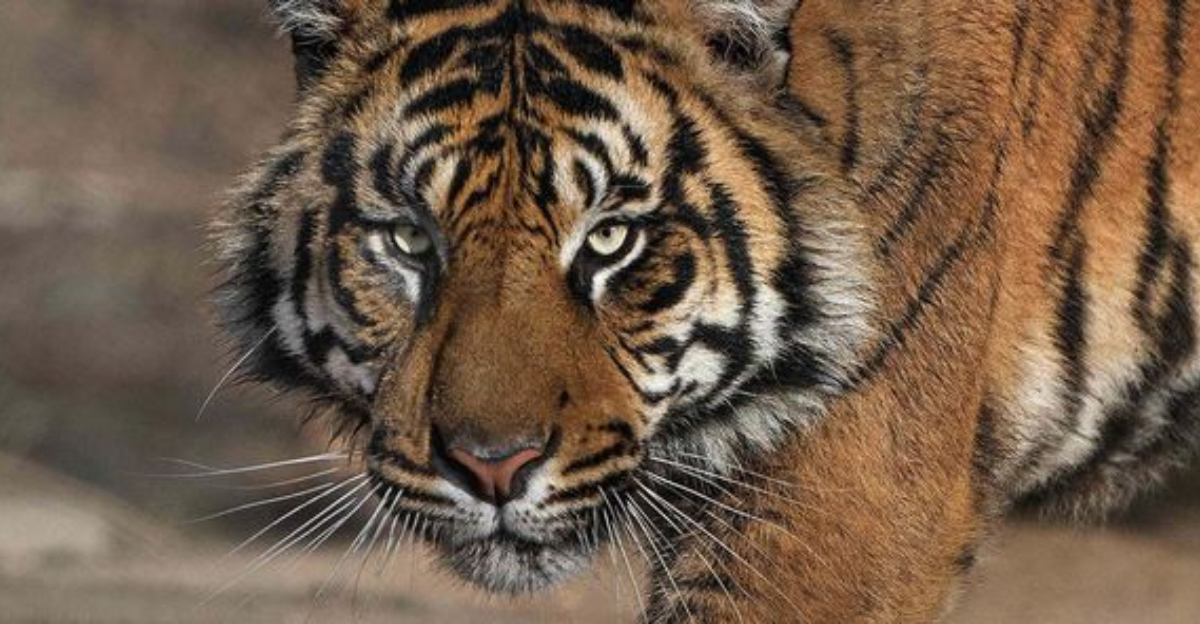
The animal kingdom holds many mysteries, including creatures we thought were gone forever. Scientists occasionally declare species extinct, only for tantalizing evidence to suggest they might still roam remote corners of our planet.
From elusive tigers to secretive birds, these animals challenge our certainty about what has truly vanished from Earth.
1. Tasmanian Tiger (Thylacine)
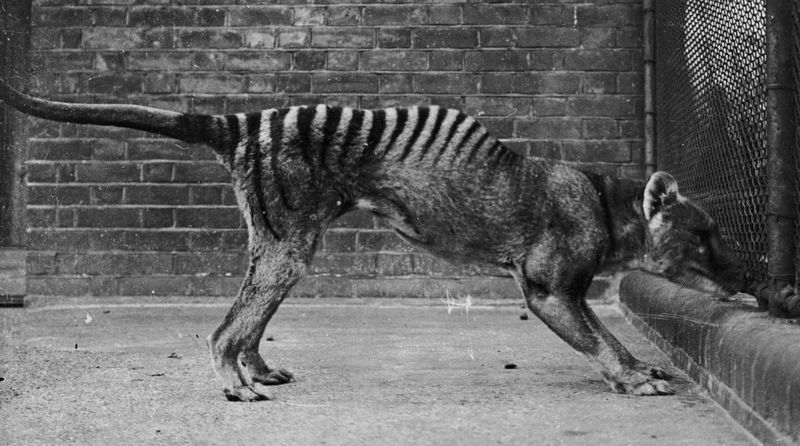
The last known thylacine died in 1936 at Hobart Zoo, but this striped marsupial might still prowl Tasmania’s wilderness. Over 1,200 reported sightings since 1910 have kept hope alive.
Local rangers occasionally find unusual footprints and farmers report strange predator attacks unlike anything from known animals. Some wildlife experts believe small populations could survive in isolated valleys of Tasmania’s southwest forests.
Despite numerous expeditions with camera traps and tracking dogs, definitive proof remains elusive. The Tasmanian government maintains an open file for thylacine reports, acknowledging the possibility these remarkable creatures might still exist.
2. Ivory-Billed Woodpecker
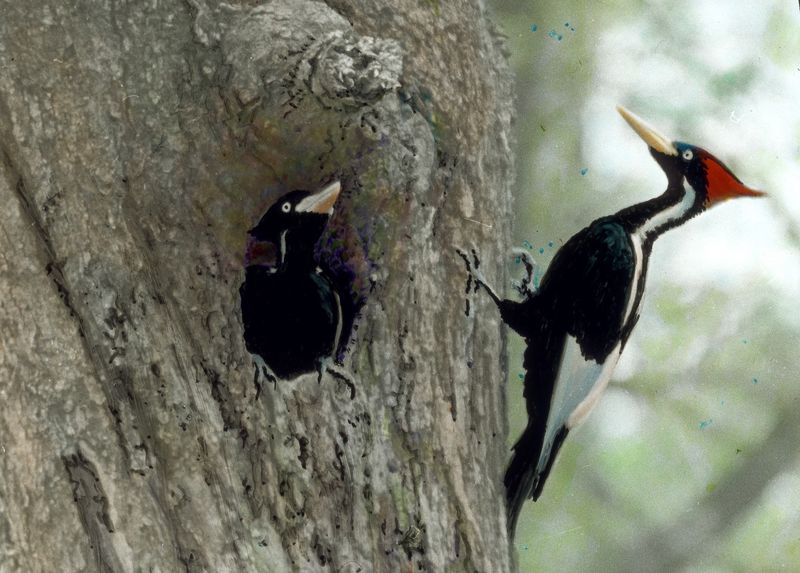
Nicknamed the “Lord God Bird” for its impressive size, the ivory-billed woodpecker supposedly vanished from American forests in the 1940s. Yet birders refuse to give up hope.
A 2004 sighting in Arkansas created worldwide excitement, complete with blurry video evidence. More recently, researchers in Louisiana captured intriguing footage and audio recordings that match the distinctive double-knock drumming pattern unique to this species.
The U.S. Fish & Wildlife Service delayed officially declaring the bird extinct after these findings. Dedicated ornithologists continue searching remote cypress swamps, believing small populations may persist in inaccessible wetlands.
3. Baiji (Yangtze River Dolphin)

China’s “Goddess of the Yangtze” was declared functionally extinct in 2006 after an extensive river survey found none. This graceful white river dolphin fell victim to industrialization, fishing, and boat traffic.
Hope flickered in 2016 when a conservation team reported spotting a white dolphin leaping from the murky waters near Wuhu. Local fishermen confirmed the sighting matched the distinctive appearance of the Baiji.
Without photographic evidence, scientists remain skeptical. Yet the possibility that a few individuals survived has spurred renewed interest in cleaning up the Yangtze ecosystem, benefiting countless other threatened species.
4. Zanzibar Leopard
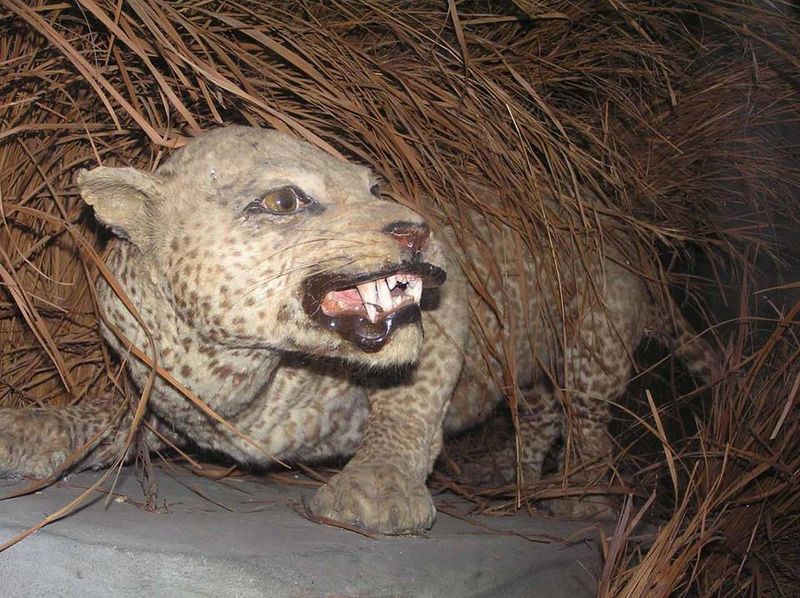
Feared as witches’ familiars, these island leopards were hunted to supposed extinction by the 1990s. Zanzibar villagers, however, consistently claimed the cats still lurked in their forests.
Their persistence paid off in 2018 when Animal Planet’s “Extinct or Alive” crew captured night footage of a small spotted leopard slipping past their hidden camera. The historic video shocked wildlife experts who had dismissed local accounts.
Researchers collected hair samples at the site for genetic testing. Conservation efforts have since intensified on Unguja Island, with rangers interviewing locals and setting up additional camera traps to determine if a breeding population still exists.
5. Javan Tiger

Indonesia’s rarest tiger subspecies was declared extinct in 2008 after decades without confirmed sightings. Smaller and darker than other tigers, they once prowled Java’s rainforests before habitat destruction and hunting took their toll.
A surprising development came in 2019 when villagers in West Java reported encountering a tiger-like cat. Investigators found a single hair that showed a 97-98% DNA match to museum specimens of Javan tigers.
This genetic evidence prompted a 2024 study suggesting these tigers might still exist in isolated pockets. Conservation authorities now deploy camera traps in Ujung Kulon and other protected areas, hoping to capture evidence of Java’s lost predator.
6. Caspian Tiger
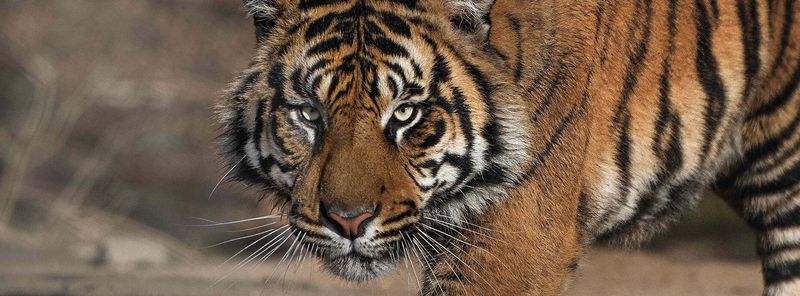
Soviet-era hunting campaigns supposedly eliminated Central Asia’s magnificent Caspian tiger by the 1970s. These massive cats once roamed from Turkey to Kazakhstan, adapting to desert and mountain environments.
Intriguing reports emerged years after their declared extinction. Surveys in eastern Turkey suggested tigers survived into the 1990s, while two tiger-like animals were reportedly captured in Afghanistan in 1997.
Most astonishing was a claimed 2006 sighting of a tigress with cubs near Kazakhstan’s Lake Balkhash. Though lacking photographic proof, these persistent rumors have inspired conservation efforts, including plans to reintroduce closely related Siberian tigers to the Caspian tiger’s former range.
7. Pink-Headed Duck

This mysterious waterfowl with its rosy-colored head disappeared from Indian wetlands after 1949. Always elusive, it retreated from human observation long before researchers could properly study its habits.
Myanmar’s remote Kachin State offers the strongest hope for its survival. Local hunters consistently report spotting unusual ducks with pinkish plumage in isolated marshes, suggesting small populations might persist.
Multiple expeditions have searched Myanmar’s northern wetlands, even conducting night surveys based on the theory that the duck might be nocturnal. The ongoing quest exemplifies how some supposedly extinct species might simply be hiding in Earth’s remaining wilderness areas.
8. South Island Kōkako
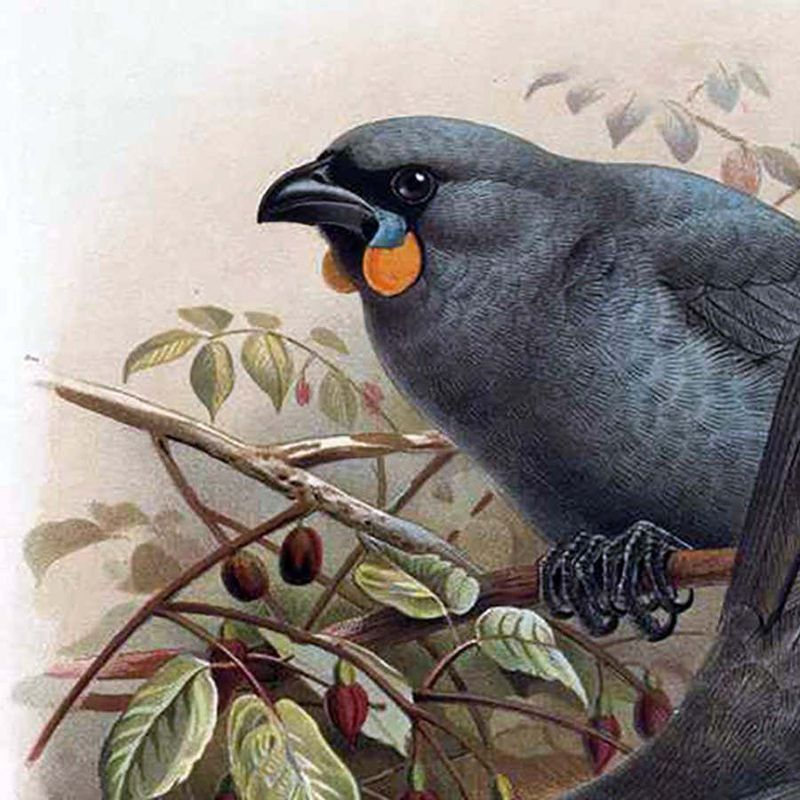
New Zealand’s “Grey Ghost” sings a hauntingly beautiful song few living people have heard. This wattlebird with its distinctive orange cheek pouches was written off as extinct until persistent reports forced scientists to reconsider.
Since 2013, its status has changed to “Data Deficient” after over 260 possible encounters were documented. About a quarter of these reports are considered credible by experts, including a 2007 audio recording near Reefton.
Search teams have deployed automated recording devices throughout South Island’s beech forests. A NZ$10,000 reward awaits anyone who can provide definitive proof that this melodious forest bird still exists in New Zealand’s misty mountains.
9. Japanese Wolf (Honshū Wolf)
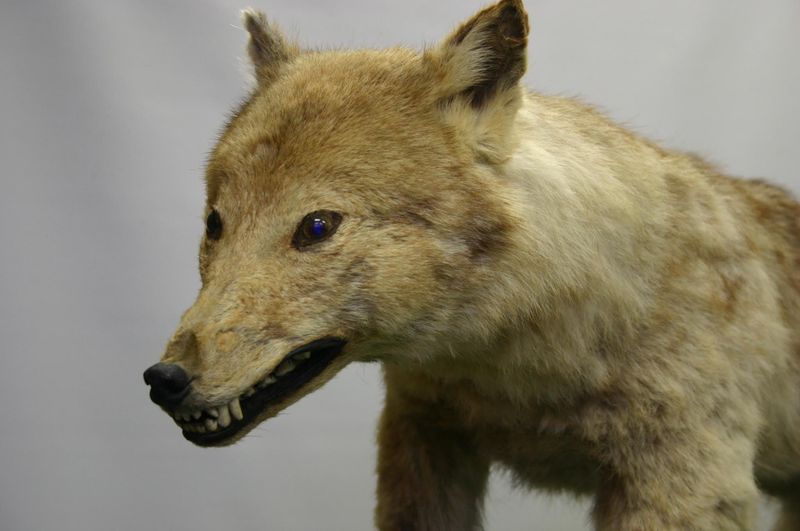
Japan’s smallest wolf subspecies allegedly vanished in 1905, but the legend of the yamainu (mountain dog) persists. Unlike its larger cousins, this wolf stood only 30 inches tall at the shoulder with distinctive curved claws for mountain climbing.
Hikers in remote areas of the Kii Peninsula report hearing eerie howls unlike any domestic dog. In 1996, a respected wolf tracker photographed a wild canine with the characteristic straight black-tipped tail and short legs of the Japanese wolf.
Multiple witnesses in the 2000s described wolf-like animals in Nagano’s highlands. While no genetic evidence exists yet, enthusiasts continue collecting reports and recordings, believing Japan’s “extinct” wolf still roams the mountains.
10. Eskimo Curlew

Once darkening North American skies during migration, the cinnamon-colored Eskimo curlew hasn’t been conclusively documented since the 1960s. Market hunting decimated their once-vast numbers as they made predictable stops during their impressive journey from Arctic breeding grounds to Argentine grasslands.
The last universally accepted specimen was shot in Barbados in 1963. Yet tantalizing reports continue, including a possible photograph from Texas in 1981 and scattered sightings in Nebraska and Canada through the 1980s.
Ornithologists conduct periodic searches along the bird’s historic migration route. The U.S. Fish & Wildlife Service maintained it as endangered for decades, reluctant to declare extinct a species that travels such vast distances.
11. Eastern Cougar (Eastern Puma)
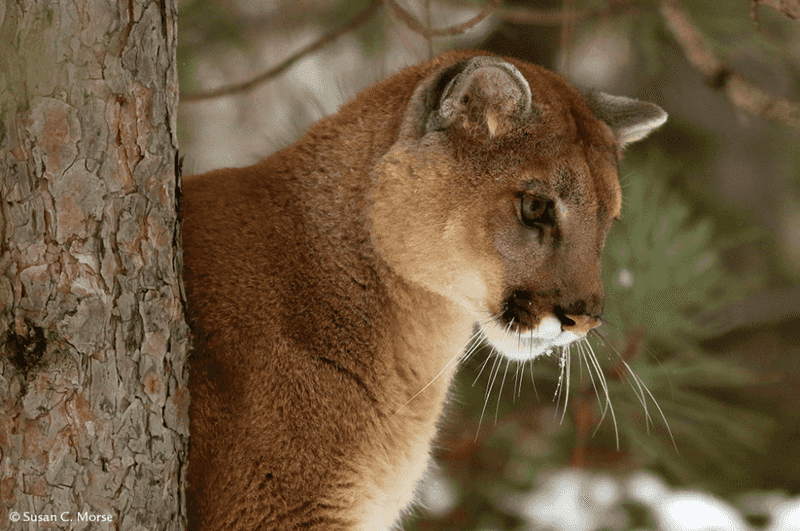
America’s ghost cat supposedly disappeared in the 1930s, officially declared extinct in 2011. Yet hundreds of people across the Eastern United States report mountain lion encounters annually.
Wildlife agencies attribute these sightings to wandering western cougars, which have indeed been confirmed as far east as Connecticut. However, some biologists question whether small native populations might have survived in remote Appalachian hollows.
Trail cameras occasionally capture tantalizing images of large tawny cats. Without DNA evidence or a verified specimen, the question remains open—keeping the Eastern cougar a subject of regional folklore and periodic scientific investigation.
12. Formosan Clouded Leopard
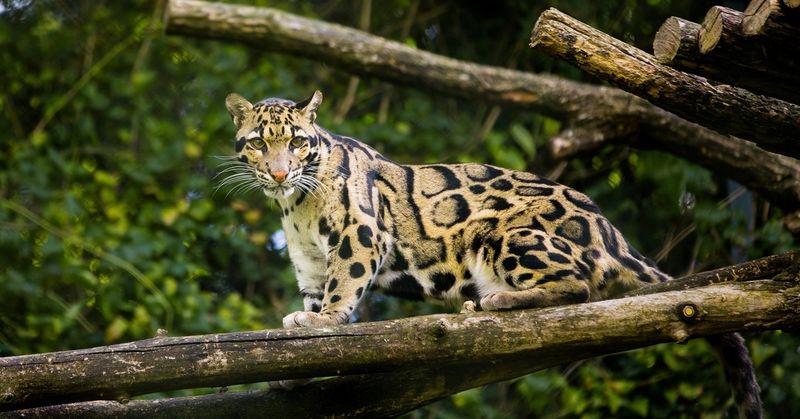
Taiwan’s mysterious spotted cat was declared extinct in 2013 after extensive surveys found no evidence. This decision seemed final until 2018, when indigenous rangers in Taitung County reported multiple sightings.
One detailed account described a clouded leopard climbing a tree, while another spotted it hunting goats on a cliff face. These weren’t casual observers but experienced tribal hunters intimately familiar with Taiwan’s wildlife.
The last confirmed evidence was a pelt from 1983, but these new claims reignited hope. Taiwan’s government pledged to investigate further, suggesting this elusive predator might still patrol the island’s most rugged mountain forests, avoiding human detection for decades.






